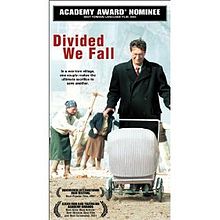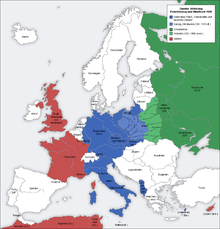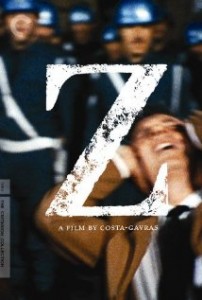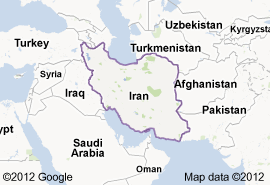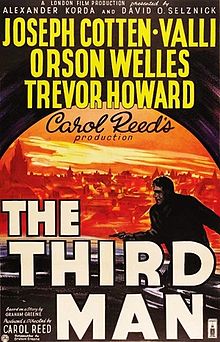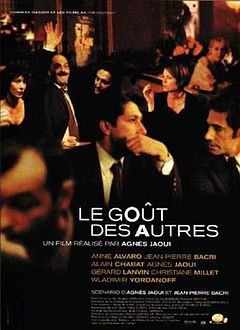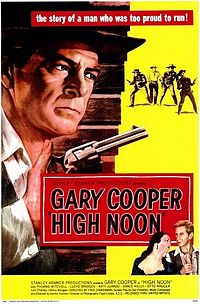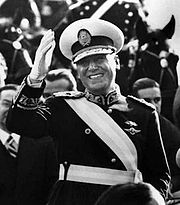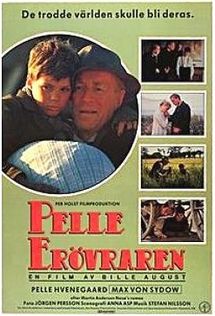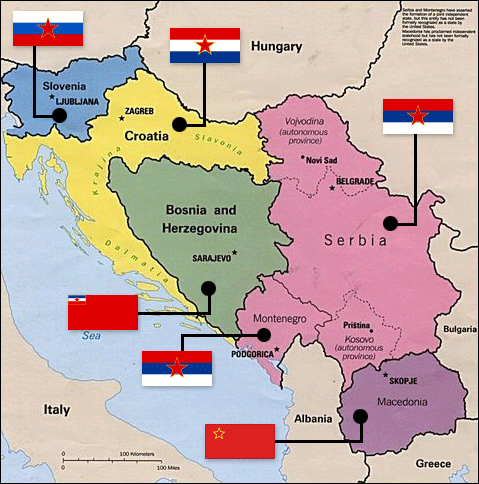 There once was the Socialist Federal Republic of Yugoslavia (SFRY) that was hailed for, “Seven bordering countries (Italy to the west, Austria and Hungary to the north, Romania and Bulgaria to the east, and Albania and Greece to the south), six republics (Serbia, Croatia, Slovenia, Bosnia-Herzegovina, Macedonia, and Montenegro), five ethnicities (Serbs, Croats, Slovenes, Bosniaks or Muslims, and Albanians), four languages (Serbian, Croatian, Slovene, Macedonian), three religions (Greek Orthodox, Catholicism, Islam), two alphabets (Latin, Cyrillic), and one nation (SFRY).” As the name demonstrates, SFRY was a very complicatedly multiethnic nation. This area fell victim to the power struggle between neighboring nations—Austria and Turkey, and later Nazi Germany and the Soviet Union—and this volatile situation was called the “Balkan Powder Keg.”
There once was the Socialist Federal Republic of Yugoslavia (SFRY) that was hailed for, “Seven bordering countries (Italy to the west, Austria and Hungary to the north, Romania and Bulgaria to the east, and Albania and Greece to the south), six republics (Serbia, Croatia, Slovenia, Bosnia-Herzegovina, Macedonia, and Montenegro), five ethnicities (Serbs, Croats, Slovenes, Bosniaks or Muslims, and Albanians), four languages (Serbian, Croatian, Slovene, Macedonian), three religions (Greek Orthodox, Catholicism, Islam), two alphabets (Latin, Cyrillic), and one nation (SFRY).” As the name demonstrates, SFRY was a very complicatedly multiethnic nation. This area fell victim to the power struggle between neighboring nations—Austria and Turkey, and later Nazi Germany and the Soviet Union—and this volatile situation was called the “Balkan Powder Keg.”
The Kingdom of Serbs, Croats, and Slovenes—facilitated by the Kingdom of Serbia—was formed in 1918 to unify these ethnicities; in 1929, the name was changed to the Kingdom of Yugoslavia. From 1945, the socialist regime led by Tito was established, and the name of the nation was changed to the Socialist Federal Republic of Yugoslavia. Around 1990, after the death of Tito—who united Yugoslavia together with his charisma and charm—democratization advanced in the Soviet Union that was led by Gorbachev, and demands to cast away the system during Tito’s era increased in the individual states that made up Yugoslavia.
Serbia was the core of Yugoslavia, but Slovenia, which was culturally and religiously similar to the West, achieved its independence in 1991. Next to become independent after Slovenia was Macedonia; then, Croatia, which opposed Serbia through most of history, became independent by means of a violent war. Soon after in 1992, Bosnia-Herzegovina also became independent. In 1992, Serbia came together with Montenegro to form the Federal Republic of Yugoslavia. In 2003, since the Federal Republic of Yugoslavia had switched over to a loose federation of states, they renamed the nation to the State Union of Serbia and Montenegro, and there was no longer a nation with the name “Yugoslavia.” In 2006, Montenegro became independent, and this State Union also dissolved.
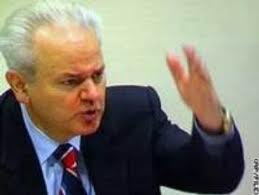 Slobodan Milošević was born in 1941 in a suburb of Belgrade. After graduating from the University of Belgrade’s Law School, he became one of the leaders of the Belgrade League of Communists in 1978. He gained overwhelming popularity among Serbian nationalists, but on the other hand, he was criticized for fueling Serbian nationalism in order to reinforce his own power. After the resignation of Ivan Stambolić in 1987, Milošević was inaugurated as the President of the Socialist Republic of Serbia. In 1990, he took office as President of the newly-formed Republic of Serbia. After becoming President, he used the intelligence/secret services to monitor the activity of political opponents and opposing powers, and he relentlessly oppressed the democracy movement.
Slobodan Milošević was born in 1941 in a suburb of Belgrade. After graduating from the University of Belgrade’s Law School, he became one of the leaders of the Belgrade League of Communists in 1978. He gained overwhelming popularity among Serbian nationalists, but on the other hand, he was criticized for fueling Serbian nationalism in order to reinforce his own power. After the resignation of Ivan Stambolić in 1987, Milošević was inaugurated as the President of the Socialist Republic of Serbia. In 1990, he took office as President of the newly-formed Republic of Serbia. After becoming President, he used the intelligence/secret services to monitor the activity of political opponents and opposing powers, and he relentlessly oppressed the democracy movement.
Milošević attempted armed interventions against the declarations of independence by Slovenia, Croatia, and Macedonia in 1991, as well as the independence movement in Bosnia-Herzegovina in 1992. Even after the independence of Croatia and Bosnia-Herzegovina, Serbs continued living in both countries as a minority. Serb nationalists in these two nations, afraid of Serbs being excluded by Croats and Bosniak Muslims, formed “autonomous regions” in Croatia and Bosnia-Herzegovina in order to resist them and started an independence movement that insisted on their self-determination of peoples; the Republic of Serbia led by President Slobodan Milošević supported this movement.
On the other hand, Kosovo—an autonomous region in Serbia—was, despite the majority being Albanians, ruled over by Serbs, which were the minority. In 1982, Albanians living in Switzerland established a left-wing party called the “People’s Movement of Kosovo”; Kosovo was influenced by it, and the Albanian independence movement there strengthened. Serbia, which wanted to prevent the independence of Kosovo, designated Kosovo as the destination for the many Serb refugees from the conflicts breaking out in Croatia and Bosnia-Herzegovina. As a result, the ethnicity balance in Kosovo tipped greatly in favor of the Serbs.
By the late 1990s—after the conflicts in Croatia and Bosnia-Herzegovina had momentarily calmed down due to the Dayton Accords of 1995—the Kosovo Liberation Army, which sought independence from Serbia through military means, became prominent. The Kosovo Liberation Army increased its power, and it started to be reported that they attacked and killed Yugoslavian (Serbian) police and general Serbian citizens, as well as raped Serbian women. Also, according to confidential documents that a German newspaper Berliner Zeitung (dated March 4, 1999) obtained, it is said that the Kosovo Liberation Army raised funds by selling illegal narcotic drugs, such as Afghanistan heroin. In one-fourth of Kosovo, Yugoslavia lost governing power, and the Kosovo Liberation Army had complete control. As a result, the Serbian inhabitants in Kosovo began to escape from that area. Their neighbor Albania had fallen into social and economic chaos; the Kosovo Liberation Army freely came in and out of chaotic Albania, and thus was able to avoid pursuit by the Serbian side, as well as return from Albania with recruited soldiers and weapons obtained on the black market. By 1998, Serbia had no choice but to deal with the Kosovo Liberation Army. Serbia deployed a large-scale guerilla search-and-destroy operation, and the Kosovo Liberation Army leaders were assassinated by the Special Anti-Terrorist Unit of the Serbian police; the military conflict escalated across all of Kosovo. This was the beginning of the Kosovo War.
During this time, non-combatant Albanians were also being attacked, and many Albanians flowed into neighboring Macedonia, Albania, and Montenegro; the Serbian side—like the Bosnian War—again received negative attention for this “inhumane act.” The UN and EU tried to mediate an agreement between Serbia and Kosovo. NATO was pushed by international public opinion to carry out a large-scale aerial bombing of Serbia starting March of 1999. This aerial bombing continued for about three months, and Serbia, unable to take any more pressure from the international society, began to withdraw from Kosovo; by the following year, they had withdrawn all of their federal troops. With this, Kosovo was able to completely escape from the effective control of the Serbian government. In its place, the United Nations Interim Administration Mission in Kosovo (UNMIK) was established, and international forces of NATO (Kosovo Force or KFOR) started to be stationed as the military division. Hereafter, except for certain areas and certain branch offices that were occupied primarily by Serb citizens, the effective control of the Serbian government did not extend to this area.
However, even after the Serbian side withdrew and Kosovo was placed under UNMIK control, it cannot be said that the situation was completely resolved, as there were incidents such as non-Albanians being killed, kidnapped, and trafficked by former members of the Kosovo Liberation Army, as well as incidents of explosive devices being set. Moreover, many Serbian Orthodox Churches were destroyed, and there were many non-Albanians who left Kosovo in fear of persecution.
In 2000, Slobodan Milošević was elected as President of the Federal Republic of Yugoslavia by a direct vote by the citizens, but he resigned due to protests by angered citizens of a rigged election, and he handed over his seat as President to Vojislav Koštunica of the Democratic Opposition of Serbia. Afterwards, Milošević was prosecuted for his crime against humanity as the one in charge of the genocide of Albanian citizens in the Kosovo War, and in May 2001, he was arrested on the charges of the abuse of authority and illegal amassing of wealth. July of that same year, he was transferred to the UN’s International Criminal Tribunal (The Hague in the Netherlands) for former Yugoslavia and there, a trial was conducted regarding his crimes against humanity. Included in his charges was the murder of Ivan Stambolić, the former President of the Presidency of Serbia. The trial dragged on because of Milošević’s declining physical condition, as well as the difficulty in establishing proof for the suspected offense. On the morning of March 11, 2006, Slobodan Milošević was found dead in his cell during his imprisonment. The cause of death was determined to be a heart attack.

